In a remarkable discovery, the National Oceanic and Atmospheric Administration (NOAA) has uncovered the wreckage of a WWII B-29 Superfortress aircraft in the depths of the Saipan Channel, sparking speculation that it could be the long-lost plane piloted by Captain Clark A. Preston in 1945.
During a recent underwater expedition in the Northern Marianas, NOAA’s exploration not only unveiled previously unknown marine life and geological features but also yielded a historic breakthrough: the detection of a B-29 Superfortress resting on the seabed of the Saipan Channel. Prior to this mission, no other B-29 wreck sites had been identified in the area, making this discovery particularly significant.
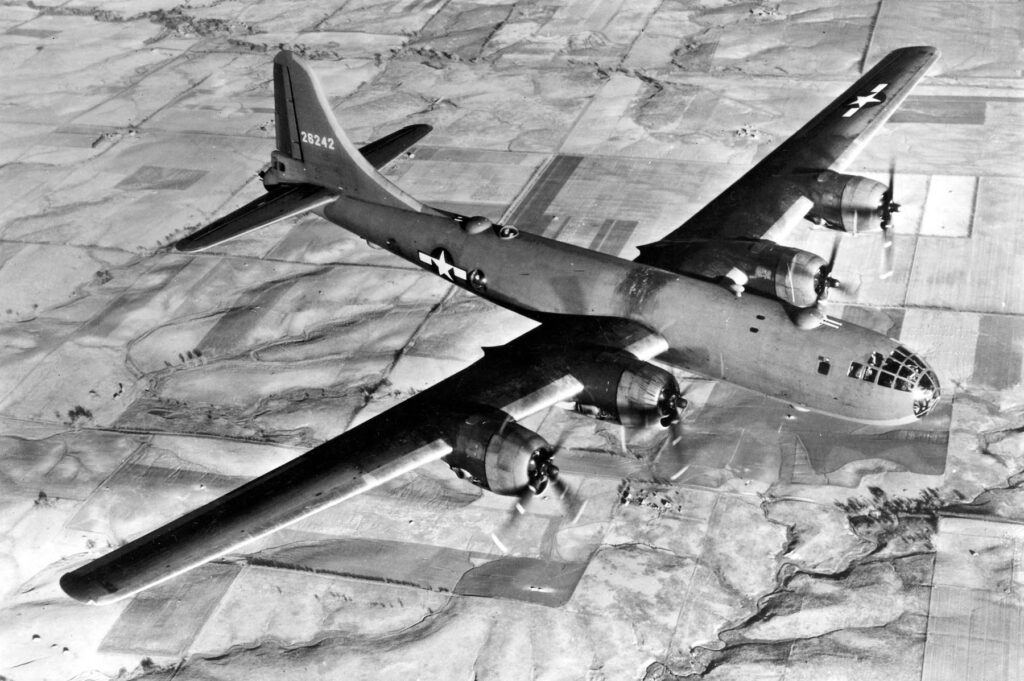
The wreckage, located approximately 1,000 feet below the surface and east of Tinian North Field, has captured the attention of WWII veterans, enthusiasts, historians, and families connected to the era. For many, witnessing the exploration via live stream aboard NOAA’s Okeanos Explorer brought a poignant sense of closure after decades of uncertainty surrounding the fate of these aircraft and their crews.
Among those deeply affected by the find is Steve Rinne, the nephew of B-29 navigator Second Lt. Lloyd E. Rinne, who expressed profound emotion at the possibility of closure for families like his own. While Rinne’s uncle was among those declared killed in action after the crash of Victor 5347, the wreckage discovered by NOAA may offer answers long sought by families of the fallen.
David Wilson, co-historian of the 6th Bomb Group, noted several compelling clues linking the wreckage to Captain Preston’s crew, including visible damage consistent with survivor accounts and the missing aircrew report. Wilson’s optimism stems from the potential significance of the find in illuminating the fate of Preston and his comrades, who made history with their missions over Tinian.
The circumstances surrounding the crash, recounted by Preston’s daughter Anita Preston-Schaezler, further underscore the gravity of the discovery. Despite the passage of over seven decades, the memory of that fateful day in January 1945 remains vivid, offering glimpses into the human stories behind the wreckage resting on the ocean floor.
NOAA’s meticulous documentation of the site, facilitated by their remotely operated vehicle D2, has provided invaluable insights into the condition of the B-29 and the events leading to its demise. While definitive identification awaits further analysis, NOAA’s commitment to preserving these maritime grave sites ensures that the memory of those who perished in service endures with dignity and respect.
Whether the discovery ultimately confirms the identity of “Fortunes Follies” or another B-29 aircraft, its significance transcends mere historical curiosity, offering solace to families whose loved ones made the ultimate sacrifice in the defense of freedom. In the depths of the Saipan Channel, a chapter of WWII history awaits its final reckoning, bringing closure to those whose lives have been touched by its enduring legacy.



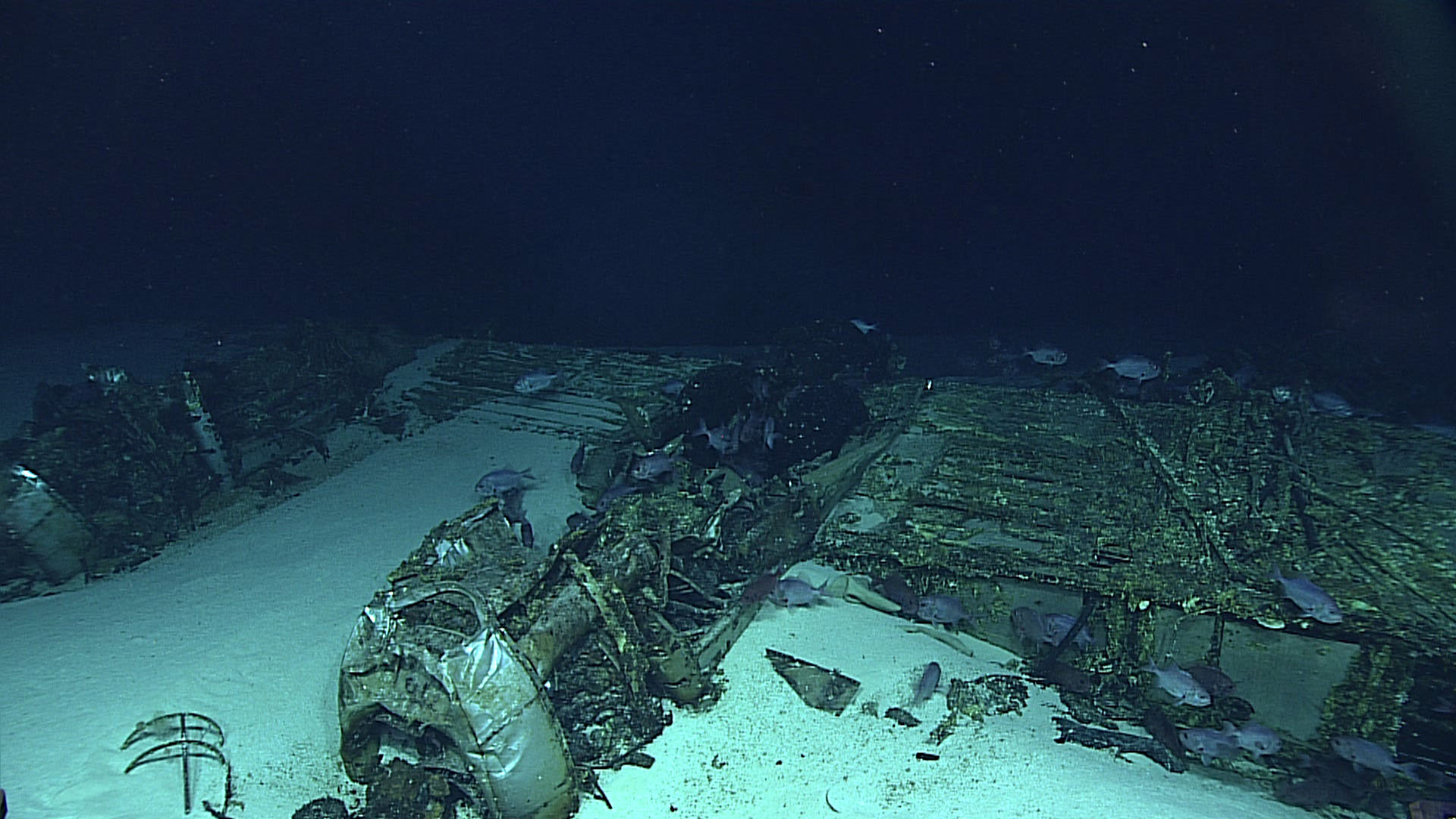

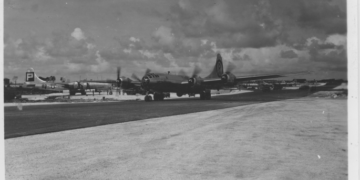

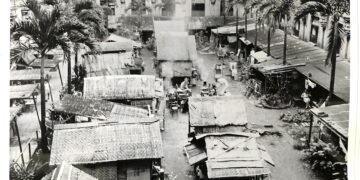

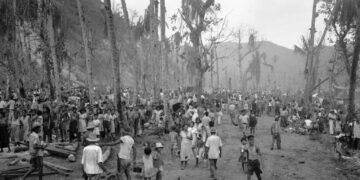



Discussion about this post